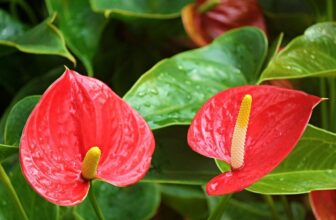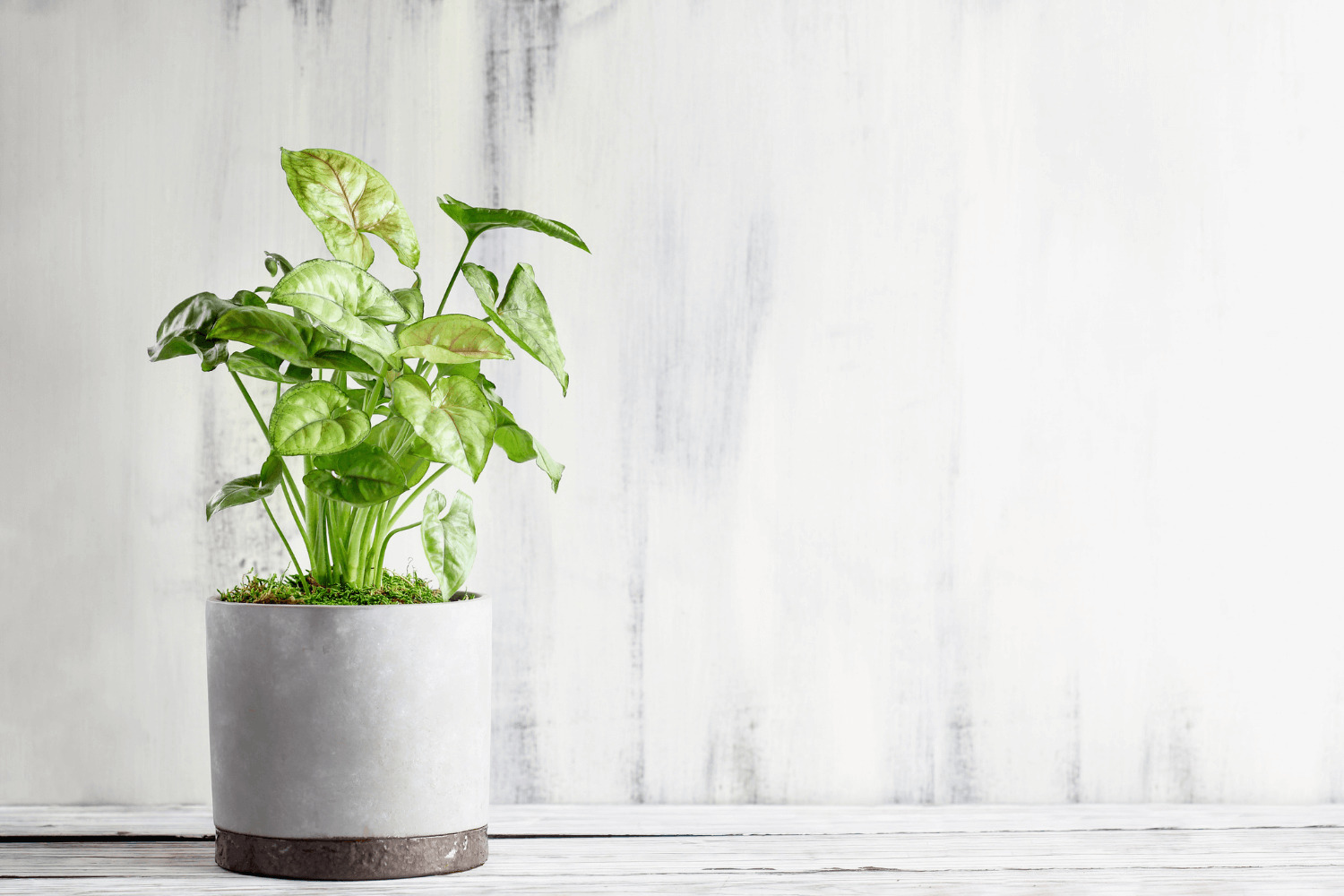
Table of Content
Arrowhead plants are a popular choice among gardeners due to their speedy growth and low-maintenance requirements. These plants are adored for their unique appearance and leaves shaped like arrowheads. They can be grown as both upright potted plants and climbing vines which makes them extremely versatile.
About Arrowhead Plants
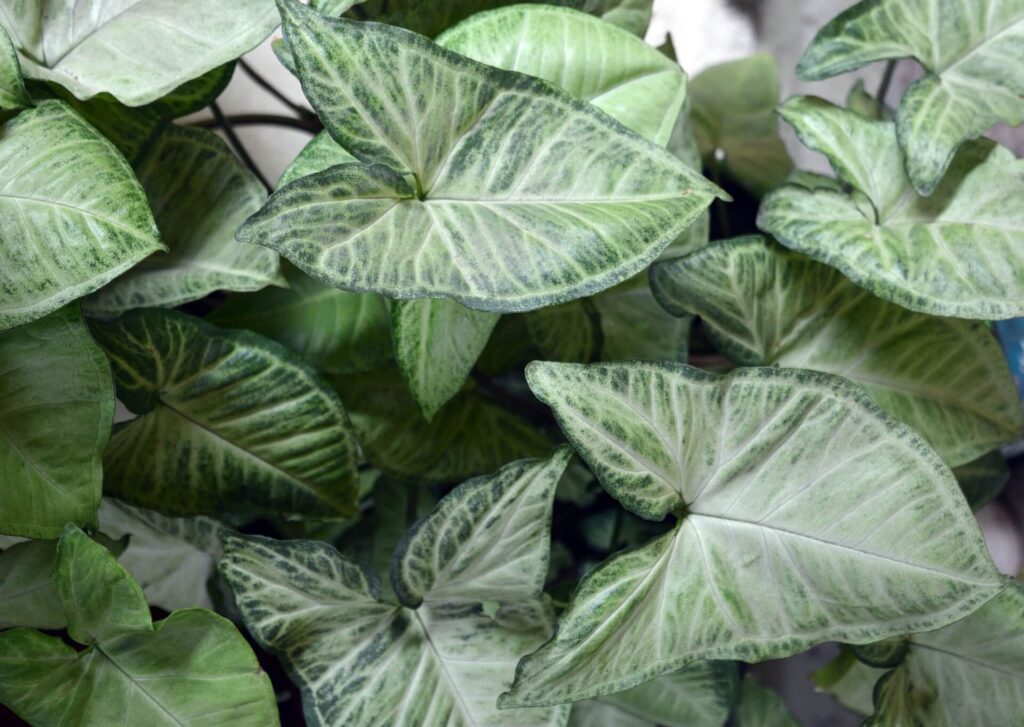
Botanically known as “Syngonium podophyllum”, the arrowhead plant is indigenous to rainforest regions of Central and South America. They’re ascending, herbaceous plants with no branches or the main trunk and can reach up to 20 meters in their full height. In their natural habitat, these plants attach themselves to large trees and move along their branches.
Here are some of the most common varieties of arrowhead plants that you can find in gardens around the world:
- Syngonium podophyllum “Pixie”
- Syngonium podophyllum “Emerald green”
- Syngonium podophyllum “Holly”
- Syngonium podophyllum “Maria allusion”
- Syngonium podophyllum “Green gold”
- Syngonium podophyllum “Albovirens”
- Syngonium podophyllum “Emerald gem”
- Syngonium podophyllum “Painted arrow”
- Syngonium podophyllum “Exotic allusion”
- Syngonium podophyllum “Trileaf wonder”
How to Propagate Arrowhead Plants
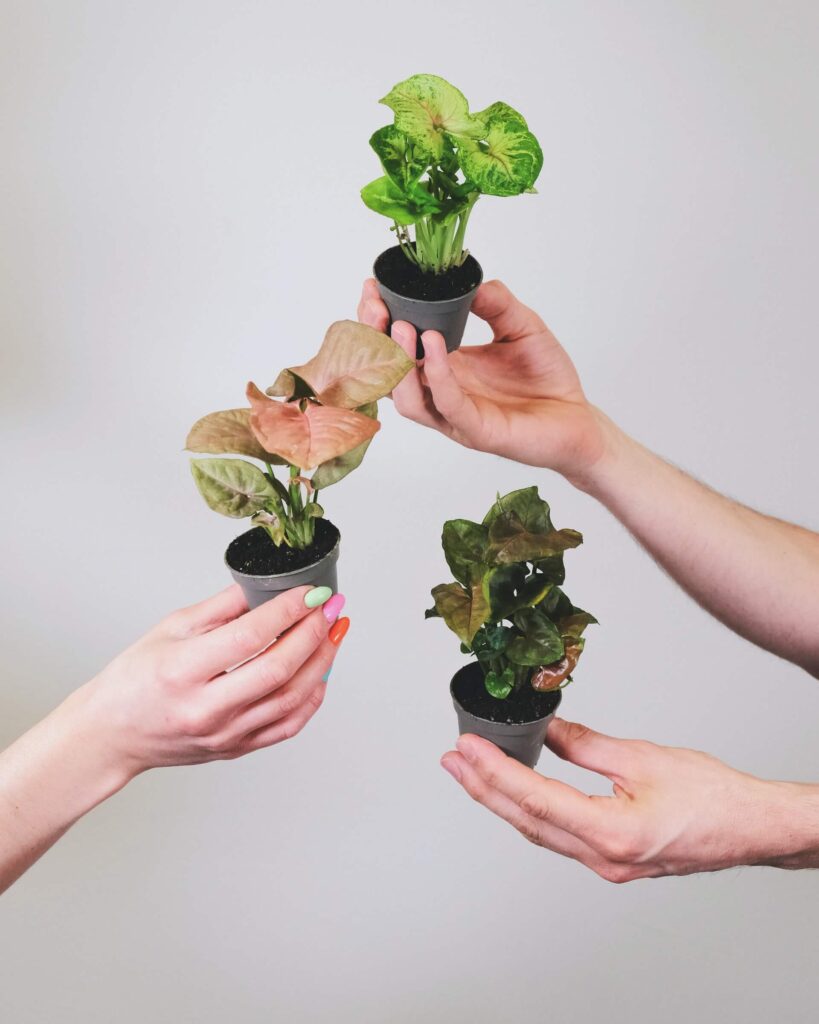
Arrowhead plants are mainly propagated from cuttings either directly in soil or in water terrariums. They’re best propagated during the warm seasons of the year as they root quickly and thrive in hot weather conditions.
Here’s how to propagate these plants from cuttings:
Taking the Cuttings
- First, choose a healthy plant and cut the stems using a sharp sterilized knife or a pair of scissors. Each cutting should be at least 6-12 inches long.
- Cut them just below a leaf node or they won’t root. Each cutting should ideally have more than one node. A node is a joint on the stem of the plant with a pair of leaves growing on both sides of it.
- Remove all the leaves from the lower half, leaving a few healthy leaves at the top of the stems.
Propagating in Water
- Always use transparent containers such as glass tubes, bottles, or cups.
- Fill the chosen containers with fresh, distilled water.
- Put the cuttings in, making sure that at least one or two of the nodes is placed below the water surface. Place only one cutting per container.
- Place the containers in a bright, warm spot that’s exposed to indirect sunlight.
- Check constantly for any fungal or algae infections and change water once or twice a week. Make sure that the water level remains the same.
- It may take 2 to 4 weeks for the plant to take root and then grow new leaves.
- When the roots have developed a couple of inches long, they’re ready to be repotted or transplanted.
Propagating in Soil
- Choose clay or terra cotta pots with plenty of drainage holes for better drainage.
- Fill the pots with light, soil-based potting mixture. You can make this potting media by mixing equal parts of rich soil with numerous other substances such as perlite, sphagnum moss, and orchid bark.
- Plant the cuttings in soil. You can plant 4 to five cuttings in each pot based on the size.
- Water regularly and keep the soil moist.
- Place the pots in a bright location with indirect sunlight.
- Once the new plants are a couple of inches high, you can repot or transplant them into their new homes.
Ideal Growing Requirements
Arrowhead plants aren’t very difficult to grow. However, making sure they have their ideal growing requirements will help them to grow better and faster.
Soil
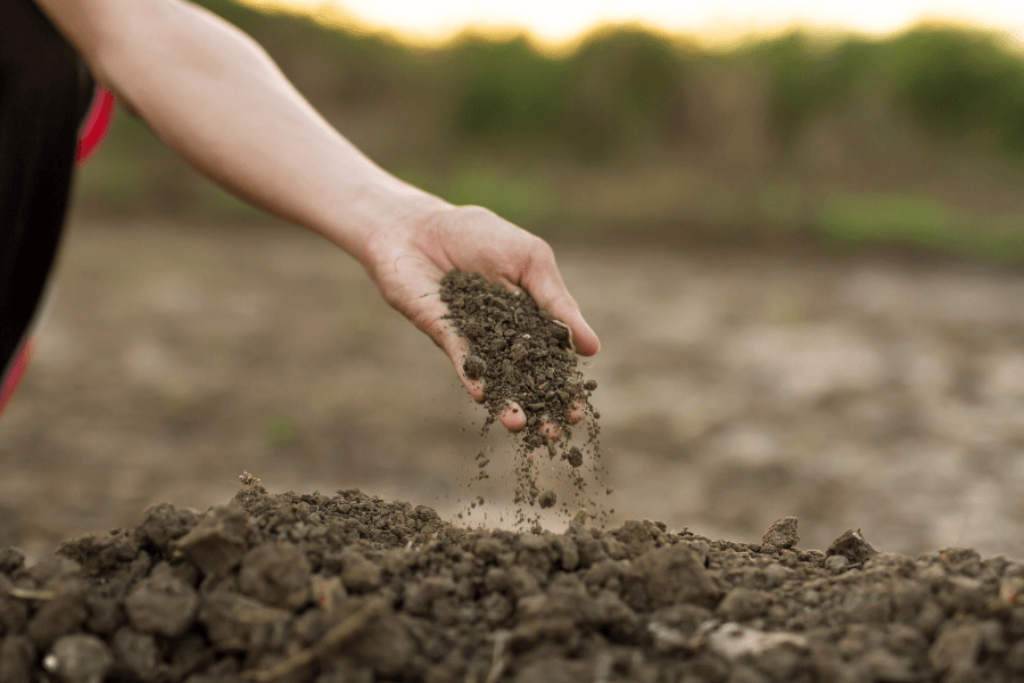
For the potting mix use a crumbly, well-draining type of soil that has a good moisture level. It should not be too soggy or watery. The ideal pH level is 5.5-6.5. To improve and amend poor soil types, you can use organic compost, peat moss, and natural mulch varieties.
Light
Arrowhead plants do not require direct sunlight to thrive since it can burn the leaf tips and cause them to become pale. Therefore, they’re best grown in places that get indirect sun exposure. In the hottest time of the year, keep your arrowhead plants away from sunny windows and balconies.
However, if your plants don’t get enough light, they can have several problems such as reduced growth and discoloring of the foliage.
Temperature
The ideal temperature for arrowhead plants can differ based on the specific weather conditions in each season. For example, they prefer an average temperature of 65-75 F (18-23 C) but in the summer, temperatures above 86 F (30 C) can burn them. They should also be kept safe from temperatures below 59 F (15 C) in the winter.
Humidity
As arrowhead plants are native to rainforests, they love the humidity, especially in the winter season when the climate gets extra dry. To increase humidity levels, place the pots on a tray filled with water and grit stones or pebbles. Misting is also an option, but be careful not to overdo it as constantly wet leaves can cause numerous foliage problems.
Watering
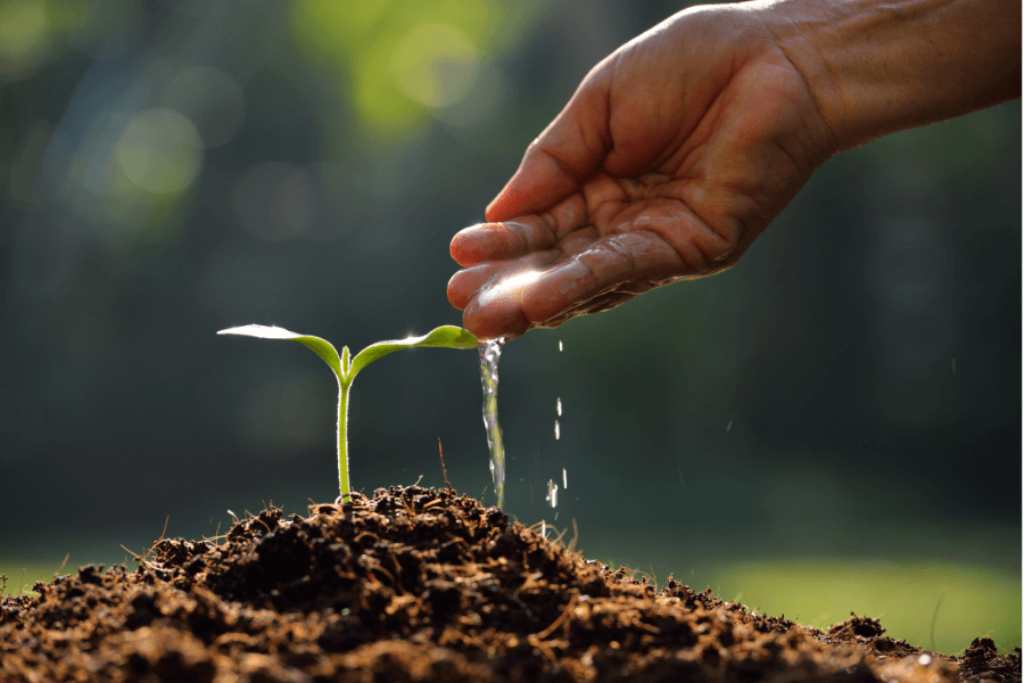
Water your plants at least three times a week in the summer and reduce it to once a week in the winter. Both excessive and under-watering are harmful to these plants so make sure to follow a proper schedule. Always use fresh, clean water and avoid watering your arrowhead plants in the hottest time of the day and night as they’re best watered in the morning.
Fertilizing
Fertilize your arrowhead plants at least three to four times a year for lush, dense foliage. You can use a slow-releasing fertilizer to feed them or apply liquid fertilizer in the spring, summer, and fall. Remember not to feed your arrowhead plants in the winter season as they naturally slow their growth and go into a dormant state throughout this period.
Pest and Disease Control
Though arrowhead plants are resilient to many infestations, they can attract some common garden pests such as scales, mites, aphids, and mealybugs. These infestations need to be controlled immediately and treated with pesticides. If you don’t want to use chemical pesticides on your plants, try using soap or a natural horticultural solution like neem oil.
Bacterial and fungal infections such as stem rot and leaf spot often pose a threat to arrowhead plants as well.
Decaying leaf stalks, spotted and discolored foliage are the main signs of these diseases. If you notice your plants are being affected, separate the healthy plants from sick ones and use a fungicide to treat them.
Apart from these, your arrowhead plants might show a lack of growth due to nutrition disorders such as phosphorous deficiency. In this case, nurturing your plants with a well-balanced fertilizer will help them to overcome these disorders.
Pruning
As arrowhead plants age, their thick, soft stems develop more foliage and its density causes the stalks to fall over and drop to the ground. Pruning the plants regularly will prevent this from happening.
Cut away the longest and oldest stalks of the plant to keep them bushy whereas trimming the new growing tips once or twice a year can help maintain their shape.
Are Arrowhead Plants Toxic?
Arrowhead plants are known to be toxic to both humans and animals so they should always be kept somewhere pets and children can’t reach them. These plants have calcium oxalate crystals in their sap which can cause numerous complications when ingested.
Common symptoms caused by ingestion include:
- Swelling and burning pain in the mouth
- Skin irritation
- Stomach pain and gastric irritation
- Vomiting
- Breathing problems
- Salivating
In case of ingestion, immediately seek medical help!
Apart from the sap, the mere touch of the arrowhead foliage can also cause allergic reactions in some people. If you’re someone with sensitive skin who’s prone to allergies, always wear a pair of gloves and clothes with long sleeves before touching arrowhead plants. It’s better to be safe than sorry!
Uses of Arrowhead Plants
While they’re known for their toxicity, arrowhead plants also have many important uses including the following:
1. As air-purifying and a humidifying plants
NASA has acknowledged arrowhead plants as natural air purifiers and humidifiers that reduce air pollution and dryness. They have the ability to absorb various pollutants and microbes in the air such as xylene, formaldehyde, benzene, and toluene.
2. As feng-shui plants
According to feng-shui experts, arrowhead plants can bring positive energy into your home, while maintaining the perfect balance of ying-yang. In feng-shui, their five-lobed leaves symbolize the five main elements of the world: earth, water, fire, metal, and wood.
Growing arrowhead plants inside your home or office can help in reducing mental stress and anxiety, cure sleeping disorders, and bring new ideas and inspiration to your life.
3. As gifts
Arrowhead plants come in many sizes and cultivators and can be grown as both shrubs or vines. They make beautiful indoor house plants and are easy to grow and care for which is why they’re often given as gifts. However, if you’re gifting the plant to someone who doesn’t know much about them, make sure to inform them about its qualities in advance.
Wrapping Up
If you’re looking for a modern, hardy and shade-loving houseplant to grow indoors or out in your garden, arrowhead plants are definitely worth trying out. You’ll find they’re fairly easy to grow and you don’t even need a lot of gardening experience to do it.



